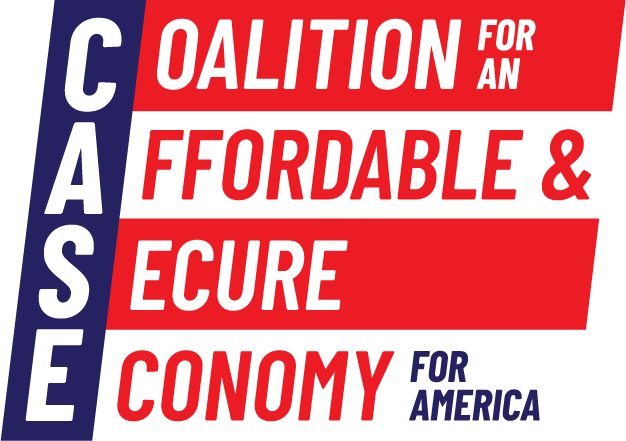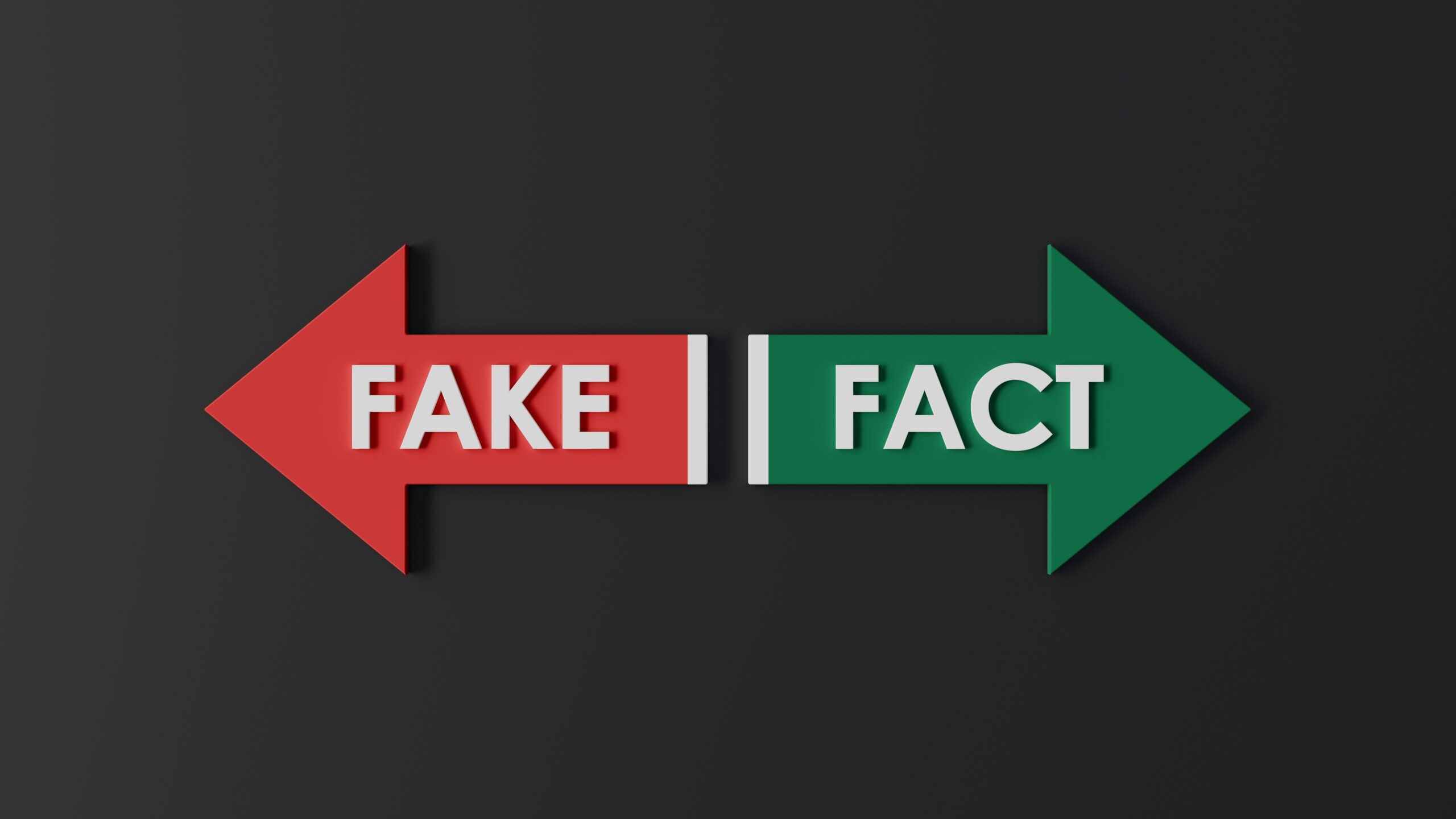Americans Want Affordable Goods, Healthy Economy & Safe Nation
U.S. trade policy has been at the epicenter of discussion in the nation’s capital, with broad tariffs at the core of the conversation. To assign some facts to the debate about the impact of across-the-board tariffs, particularly on consumers and small businesses, see the enclosed detailing who actually pays the price.
MYTH 1: Broad tariffs protect domestic industries and lead to higher wages for blue-collar workers by reducing competition and securing U.S. interests.
- FACT: Tariffs often result in higher prices for consumers. Everyday Americans, particularly those in the lower- and middle-income brackets, typically spend a larger portion of their income on everyday consumer goods, such as electronics, clothing and food. When tariffs raise the price of these goods, it reduces the purchasing power of consumers, effectively putting less money in their pockets.
- For instance, the Tax Policy Center estimated that proposed tariffs could lower average after-tax incomes of U.S. households by about $1,800 annually. Similarly, the Yale Budget Lab projected that consumer prices could rise by 1.4% to 5.1%, resulting in an additional cost of $1,900 to $7,600 per household.
MYTH 2: In order to safeguard blue-collar jobs and protect U.S. industries from foreign competition, tariffs are needed.
- FACT: Indiscriminate tariffs provoke retaliatory measures from trading partners, harming American industries, such as agriculture, technology and manufacturing. This ultimately harms the overall job market, including blue-collar workers in export-dependent industries.
- A study conducted in January 2024 by David Autor, co-director of the Labor Studies Program at Massachusetts Institute of Technology, and colleagues found the 2018 and 2019 tariffs did not deliver economic benefits to the heartland. According to their findings, import tariffs had “neither a sizable nor significant effect on U.S. employment in regions with newly protected sectors,” while foreign retaliation had a clear negative impact on employment, particularly in the agricultural sector.
MYTH 3: Tariffs create jobs by encouraging domestic manufacturing.
- FACT: The nonpartisan Congressional Budget Office (CBO) notes that tariffs can create inefficiencies in the economy by shielding industries from competition, which reduces the pressure to innovate or improve. This absence of innovation can lead to stagnation in wages and productivity, especially for blue-collar workers. Additionally, trade policies applied broadly may reduce the competitiveness of certain industries, ultimately restricting long-term job growth and wage improvements.
MYTH 4: Tariffs are needed to create a level playing field for American farmers and to support the long-term growth of the nation’s agricultural industry.
- FACT: Many U.S. farmers depend on international markets for a significant portion of their sales. If tariffs are applied in a manner that makes their products too expensive, foreign buyers turn to other countries for agricultural goods, leading to long-term market losses.
- For instance, during the 2018–2019 trade conflict, China responded to U.S. tariffs with significant retaliatory tariffs on American agricultural products, notably soybeans, sorghum and pork. This led to a substantial decrease in U.S. agricultural exports to China, as Chinese buyers turned to alternative suppliers, resulting in long-term market losses for American farmers. While governments may provide subsidies or aid to help farmers affected by trade policies, these are often temporary measures that don’t fully make up for lost markets and lower prices.
MYTH 5: The U.S. can simply shift to more domestic production with the implementation of non-strategic tariffs.
- FACT: Domestic industries often depend on foreign suppliers for key goods and components. Trade policies can disrupt supply chains, increase production costs and cause inefficiencies, making it harder for businesses to stay competitive. A February 2020 paper from economists Kyle Handley, Fariha Kamal and Ryan Monarch found previous trade approaches were equivalent to a 2% tariff on all U.S. exports, leading to higher prices for consumers and fewer jobs.
MYTH 6: Broad tariffs will lead to more U.S. exports.
- FACT: With a focus on expanding U.S. exports, the implementation of trade policy can have an outsized impact. When the U.S. imposes tariffs on foreign goods, it often triggers retaliatory tariffs from those countries. For example U.S. automakers who depend on affordable steel or electronics components from other countries may face higher production costs due to retaliatory tariffs by allies, leading to higher prices for U.S.-made cars and a decreased demand for U.S. automobiles.

